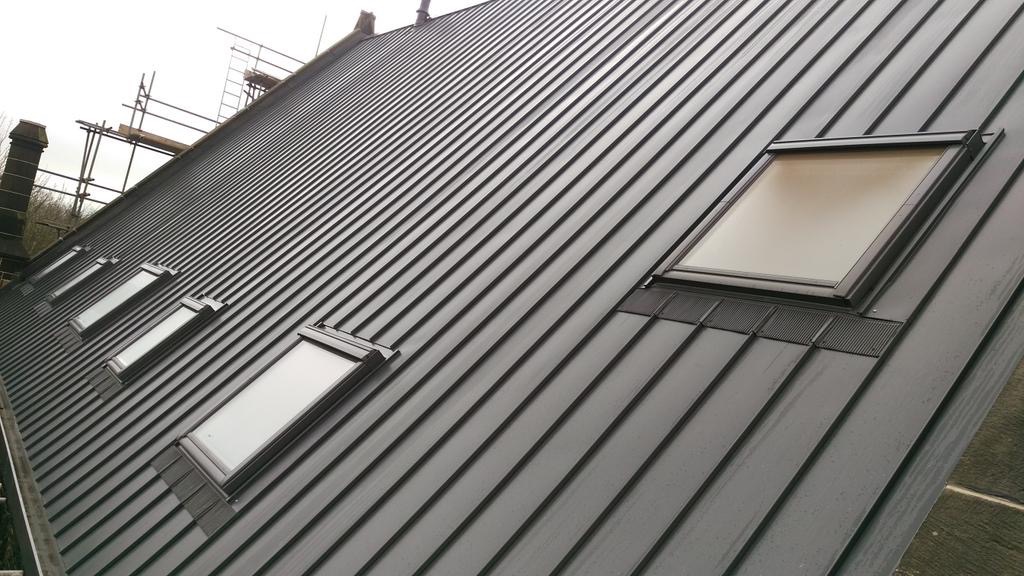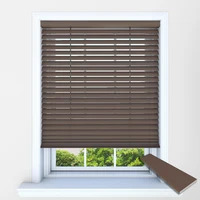Bees are essential pollinators that contribute to a healthy environment, but when they build a hive too close to your home, they can become a problem. A bee infestation can pose risks to your family, pets, and property, making early detection crucial. Recognizing the signs of an infestation can help you take the right steps to ensure a safe and humane removal process.
Signs You May Have a Bee Infestation
Many homeowners don’t realize they have a bee infestation until the colony has grown significantly. If you notice increased bee activity around your property, it’s important to inspect your home for other warning signs. Bee removal in Palm Beach services often encounter infestations in attics, walls, and outdoor structures. Identifying the problem early can prevent structural damage and potential stings.
Increased Bee Activity Around Your Home
One of the earliest signs of a bee infestation is a noticeable rise in bee activity around your home. If you frequently see bees entering and exiting a specific area, such as a hole in a wall, under your roof, or in a tree, there may be a hive nearby.
Buzzing Sounds from Walls or Ceilings
If you hear faint buzzing noises inside your walls, ceiling, or attic, it could indicate a hidden beehive. Bees often build their colonies in enclosed spaces, and as the hive grows, the buzzing may become louder.
Presence of a Beehive or Honeycomb Structures
A visible beehive is the most obvious sign of an infestation. Hives can appear in various places, including:
- Trees and bushes
- Under eaves and decks
- Inside wall cavities
- Attics and chimneys
If you spot a honeycomb structure, avoid disturbing it. Bees can become aggressive when they feel their hive is threatened.
Dark Stains on Walls or Ceilings
Bees produce honey, and if they have built a hive inside your walls, honey may seep through, creating dark, sticky stains. This can lead to additional issues like attracting ants and other pests.
Dead Bees Near Windows or Doors
Finding dead bees near windows, doors, or vents could indicate that a colony has formed inside your home. Bees sometimes get trapped inside while trying to find their way out.
Unusual Odors
Large beehives inside a structure can produce a distinct, sweet smell due to the honey and beeswax. If the colony dies or is abandoned, the decomposing bees and honey can create an unpleasant odor.
Common Places for Bee Infestations in Palm Beach Homes
Palm Beach’s warm climate makes it an ideal location for bee colonies. Bees often seek out sheltered spaces to build their hives. Here are the most common places bees may nest in your home:
- Attics – Bees enter through small openings and establish hives in the insulation.
- Walls and ceilings – Small holes in siding or brickwork can allow bees to access wall cavities.
- Chimneys – Unused chimneys provide an ideal, sheltered space for beehives.
- Sheds and garages – These structures are often quiet and undisturbed, making them attractive to bees.
- Roof eaves – Overhanging areas provide protection from wind and rain, making them a popular hive location.
Dangers of a Bee Infestation
While bees are generally not aggressive unless provoked, an infestation can pose certain risks:
- Stings and Allergic Reactions – For those allergic to bee stings, even a single sting can be dangerous.
- Structural Damage – Large hives inside walls or roofs can cause damage as honey and wax seep into structures.
- Attraction of Other Pests – Honey and dead bees can attract ants, rodents, and other unwanted pests.
What to Do If You Suspect a Bee Infestation
If you believe there is a beehive on your property, follow these steps to stay safe:
Do Not Disturb the Hive
Avoid attempting to remove or spray the hive yourself, as this can provoke the bees and lead to aggressive behavior.
Keep Pets and Children Away
Make sure pets and children stay away from the affected area to avoid accidental stings.
Contact a Professional Bee Removal Service
Hiring experts for bee removal in Palm Beach is the safest and most humane way to handle the situation. Professional beekeepers or pest control specialists can relocate the bees without harming them.
Seal Entry Points After Removal
Once the hive is removed, it’s important to seal any cracks or holes where bees could re-enter. Using caulk or mesh screens can help prevent future infestations.
Clean Up the Area
Any remaining honeycomb or honey should be cleaned up to prevent new bees from being attracted to the same spot.
Conclusion
Recognizing the signs of a bee infestation early can help protect your home and family from potential risks. If you notice increased bee activity, buzzing sounds, or honey stains, it’s best to seek professional bee removal in Palm Beach services. Removing bees safely and humanely ensures they are relocated without harm while keeping your property free from future infestations. If you suspect a hive on your property, act quickly to avoid further damage and potential safety concerns.



